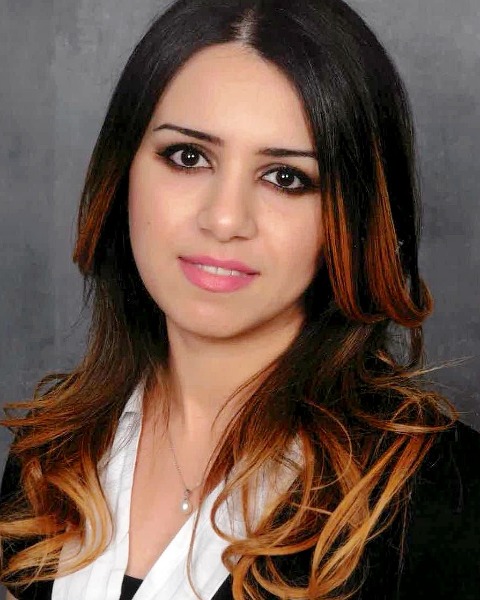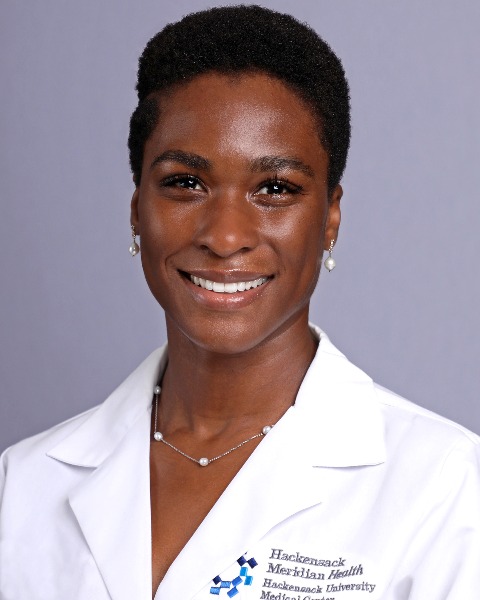Operative Obstetrics
Poster Session 1
(106) Comparison of Surgical Techniques for Subcutaneous Closure During Cesarean Deliveries Complicated by Super Obesity
.jpg)
Daniel Martingano, DO MBA PhD
OB/GYN Clerkship Director, Assistant Residency Program Director, Academic Chair of OB/GYN
St. John's Episcopal Hospital-South Shore
Far Rockaway, NY, United States
Rachel Amuzu, DO, MSc (she/her/hers)
Resident Physician, OB/GYN
Rutgers Health, Jersey City Medical Center
Bayonne, NJ, United States- SR
Sheida Rodriguez, DO
Resident
St. John's Episcopal Hospital-South Shore
Far Rockaway, NY, United States - AO
Andrea Ouyang, BS,MS
Medical Student
William Carey University College of Osteopathic Medicine
Baton Rouge, LA, United States 
Marwah Al-Dulaimi, MD
Resident Physician, OB/GYN
St. John's Episcopal Hospital-South Shore
Far Rockaway, NY, United States- SS
Shavana Singh, BSc
Student Doctor, OMSIII
Lake Erie College of Osteopathic Medicine
Far Rockaway, PA, United States - JM
Jacqueline Marecheau, MD
St. John's Episcopal Hospital-South Shore
Far Rockaway, NY, United States - JM
Jessica Marshall, DO
Resident
St. John's Episcopal Hospital-South Shore
Far Rockaway, NY, United States - AU
Alexander Ulfers, DO
Resident Physician
Walter Reed National Military Medical Center
Bethesda, MD, United States - DM
Donald Morrish, MD
Chief Medical Officer
St. John's Episcopal Hospital-South Shore
Far Rockaway, NY, United States - FM
Francis X. Martingano, MD
Minimally Invasive Gynecologic Surgical Specialist
NYU Grossman School of Medicine, Department of OB/GYN
Brooklyn, NY, United States - KC
Kristin Cohen, CNM, DNP
RWJBarnabas Health, Trinitas Regional Medical Center
Elizabeth, NJ, United States 
Antonia F. Oladipo, MD, MSCI (she/her/hers)
Assistant Professor
Hackensack University Medical Center
Hackensack, NJ, United States- SS
Shailini Singh, MD
Attending Maternal-Fetal Medicine Specialist
Hackensack Meridian Health, JFK University Medical Center
Edison, NJ, United States
Primary Author(s)
Presenting Author(s)
Coauthor(s)
Super obesity is defined as BMI ≥50 kg/m2 and is increasingly prevalent among pregnant patients nationwide, requiring unique surgical considerations. This study sought to evaluate the differences between subcutaneous closure techniques for cesarean deliveries complicated by super obesity.
Study Design:
We conducted a multicenter, prospective observational study from 7/2021 to 7/2023 comparing all pregnant patients with super obesity who required a cesarean delivery between 37 0/7 and 41 0/7 weeks gestational age. Patients were divided into two groups for subcutaneous layer closure: one group received an interrupted technique, and the second received a running technique. Both groups used plain gut sutures and subcuticular skin closures. Surgical technique was determined by surgeon preference. Primary outcomes included wound seroma, dehiscence, wound infection, postoperative pain, compositive wound complication (CWC, including all former outcomes), and surgical time.
Results:
The study included 197 patients: 101 receiving an interrupted technique and 96 receiving a running technique. Baseline demographics, use of electrocautery, cesarean order, and use of negative-pressure wound vacuum dressings were not significantly different. Surgical time was less in the running technique group (8.3 v. 13.2 minutes, p < 0.001). Rates of wound seroma within 2 weeks postoperative were less in the running suture group (2.1% v. 4.9%, p = 0.004) with a 27% decreased risk in adjusted models (RR 0.73, 95% CI 0.39-0.91, p = 0.003). Rates of dehiscence, wound infection, postoperative pain, and CWC within 2 or 6 weeks postoperative were not significantly different.
Conclusion:
Running surgical techniques may have benefits in the 2-week postoperative period for patients needing cesarean deliveries complicated by super obesity.

